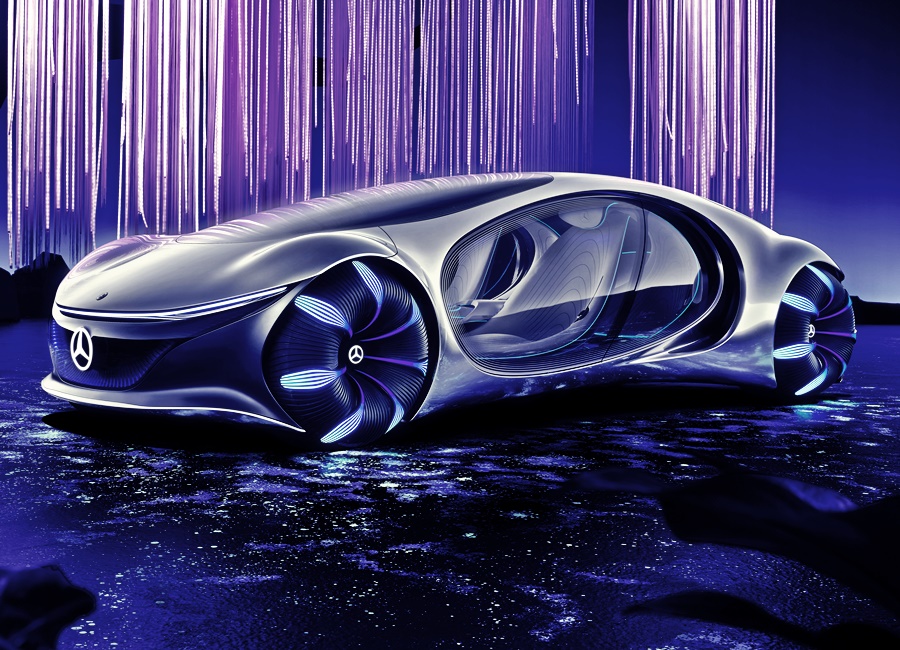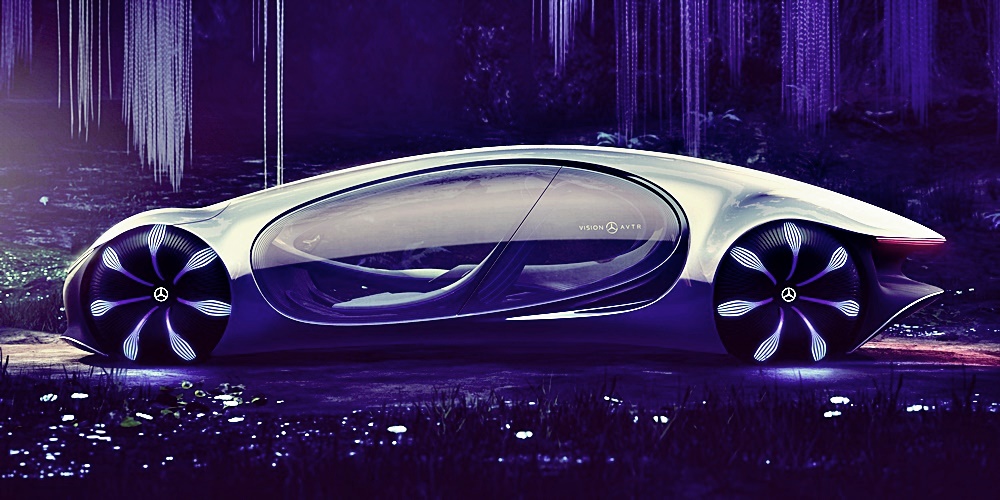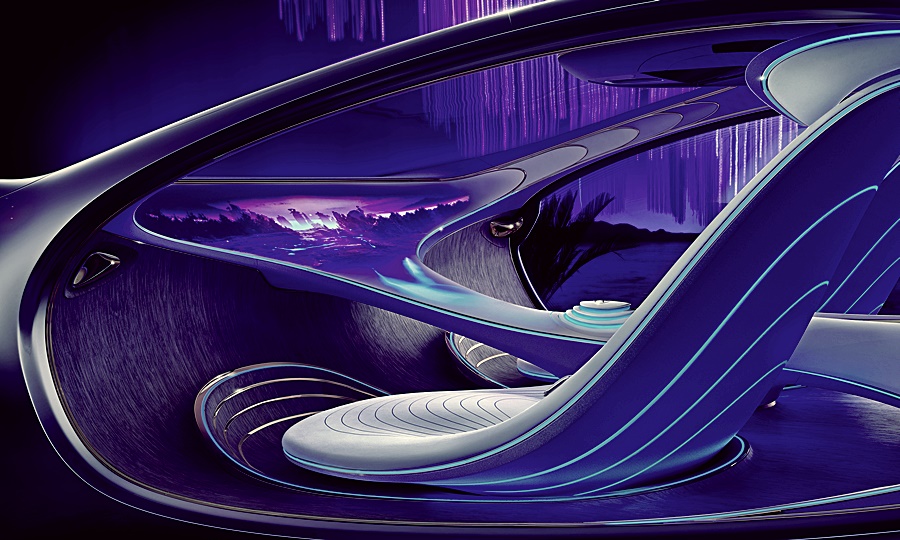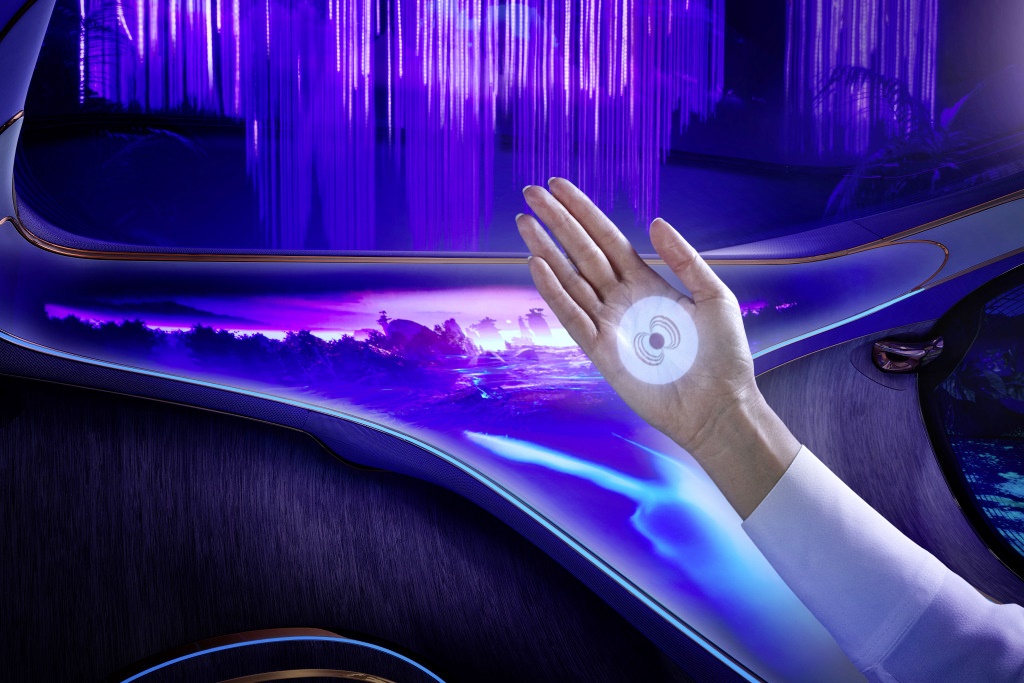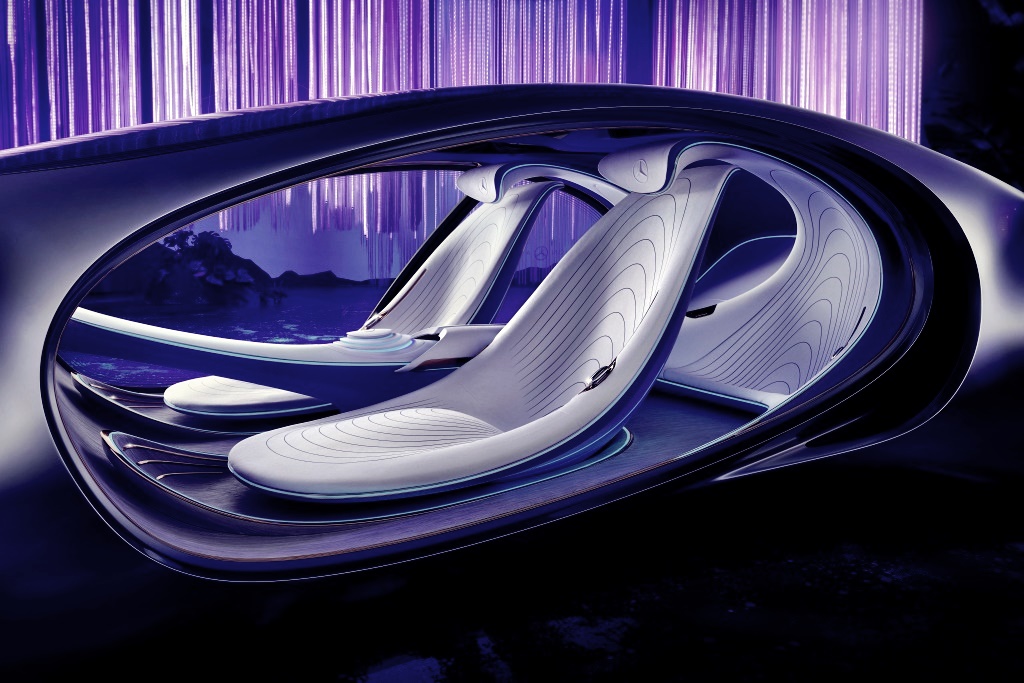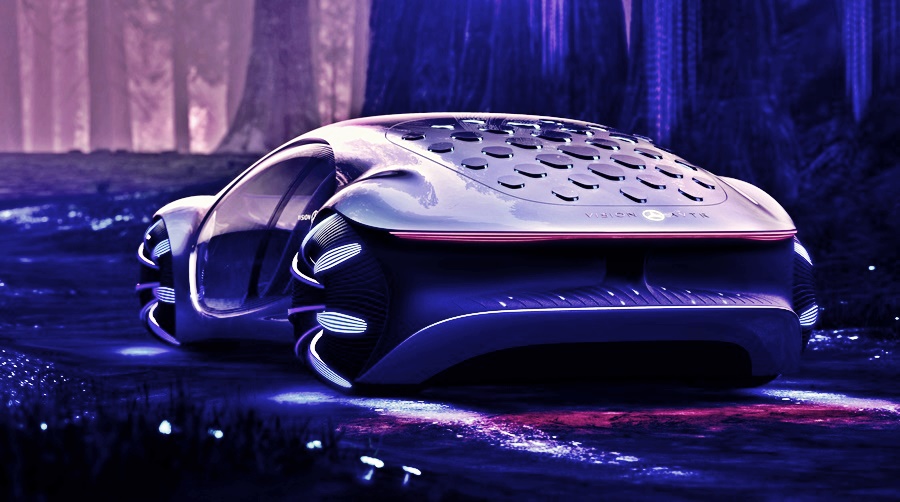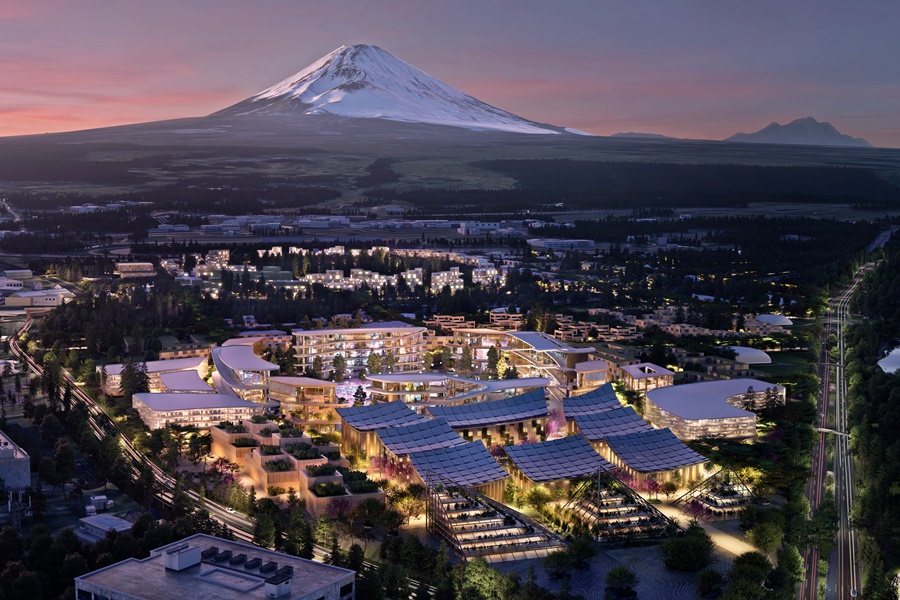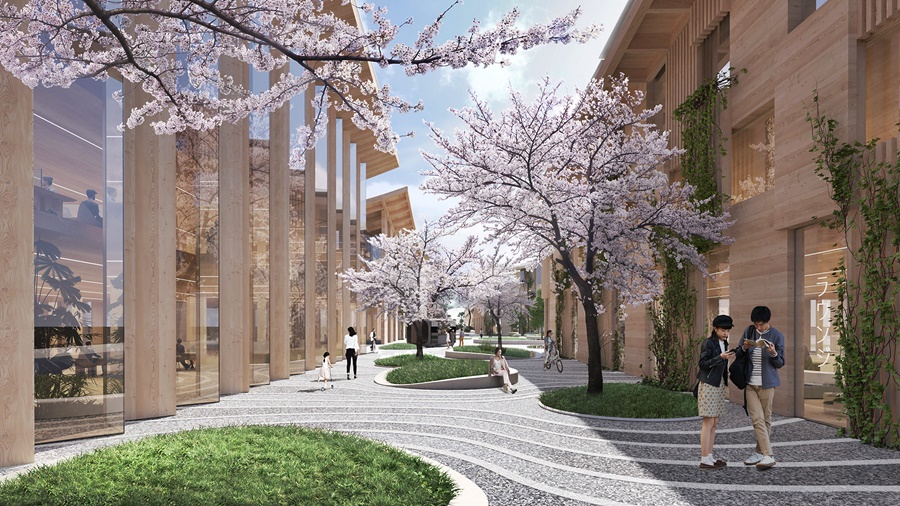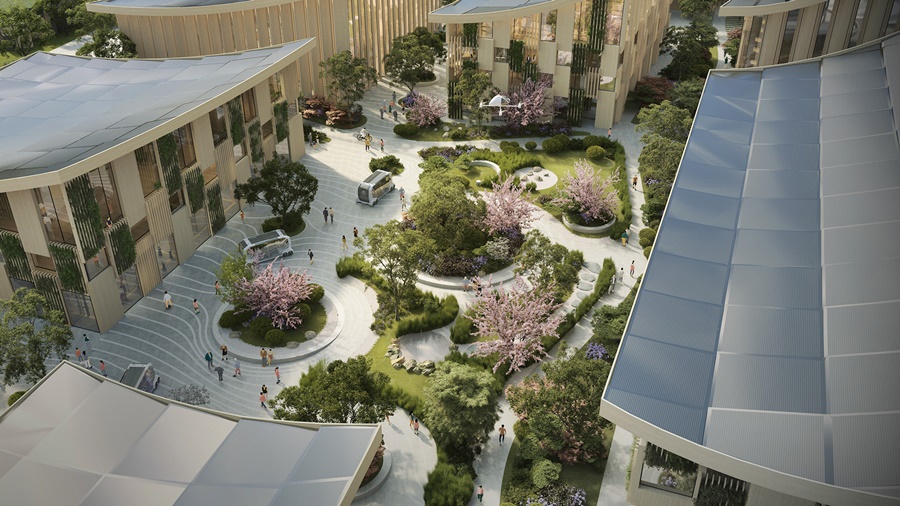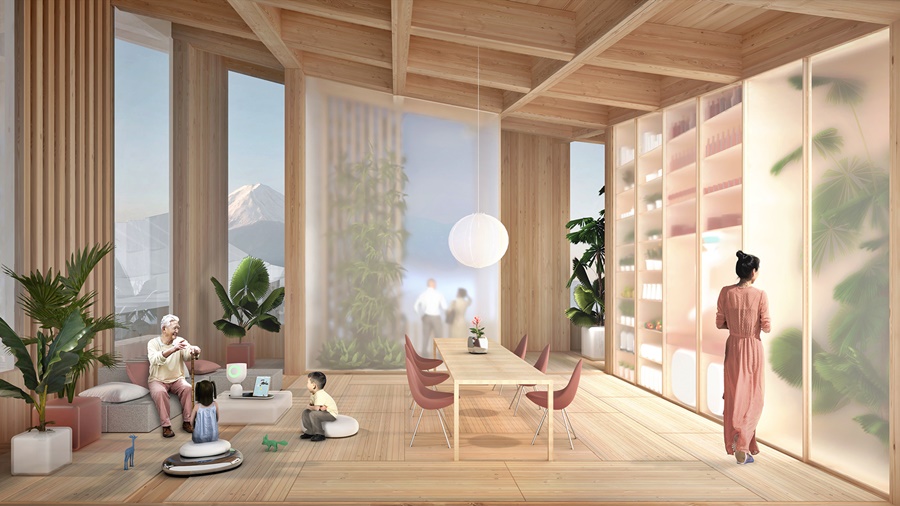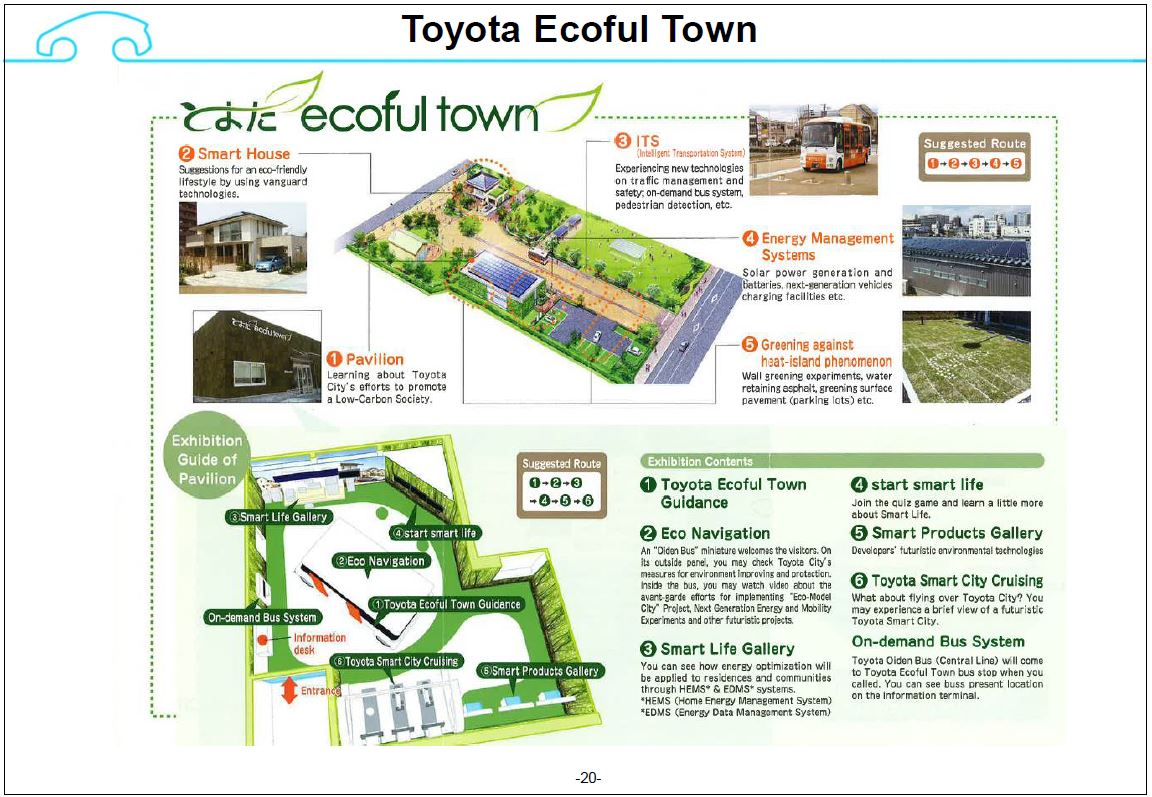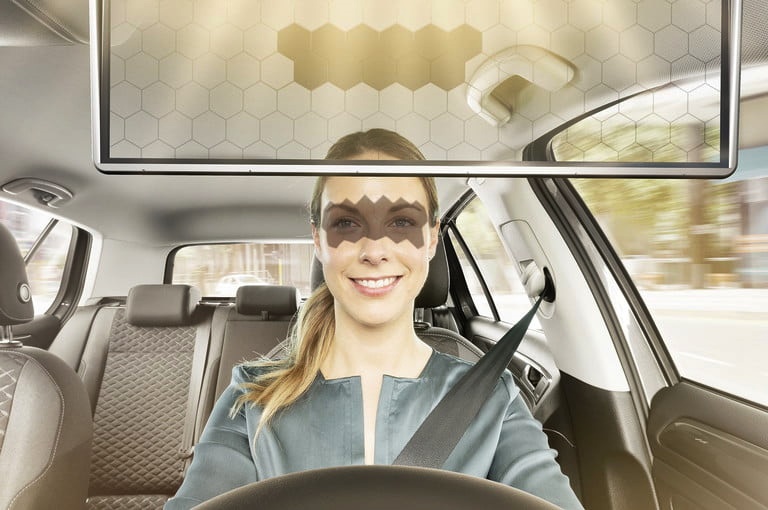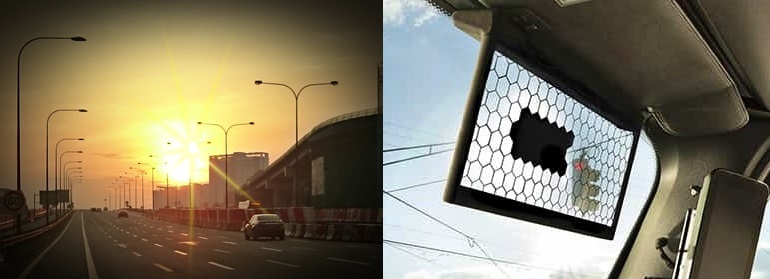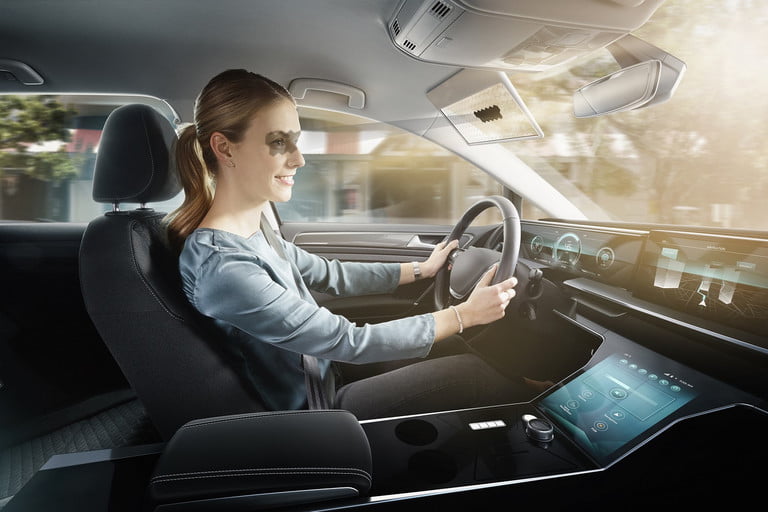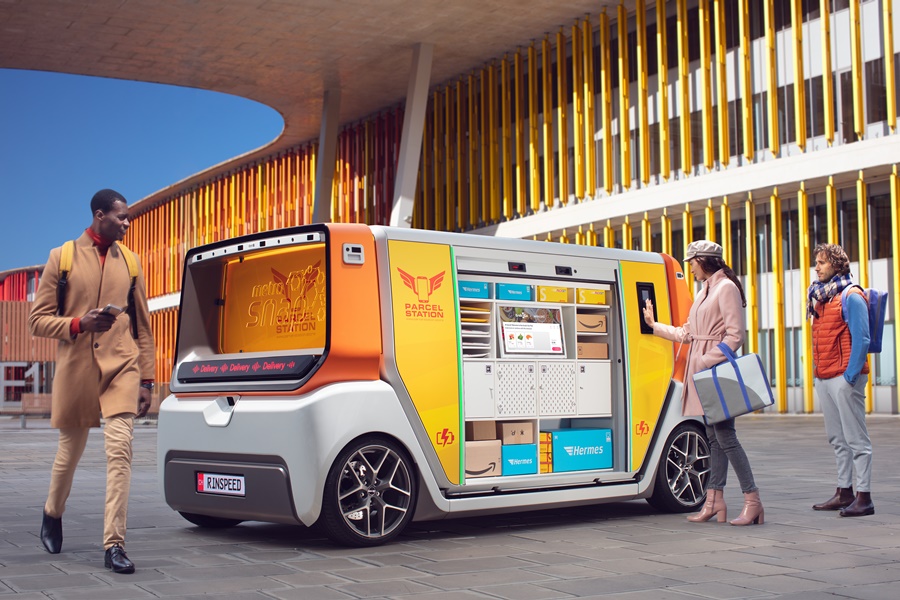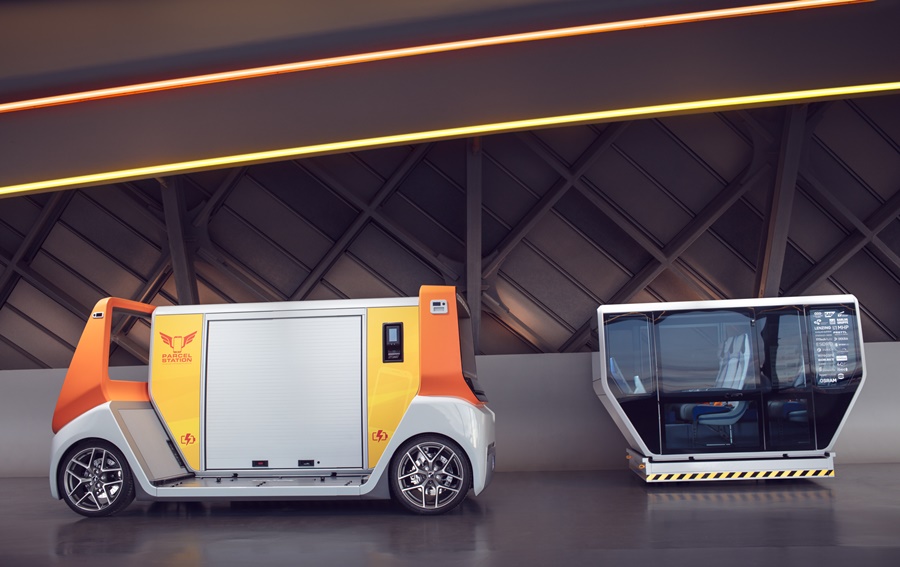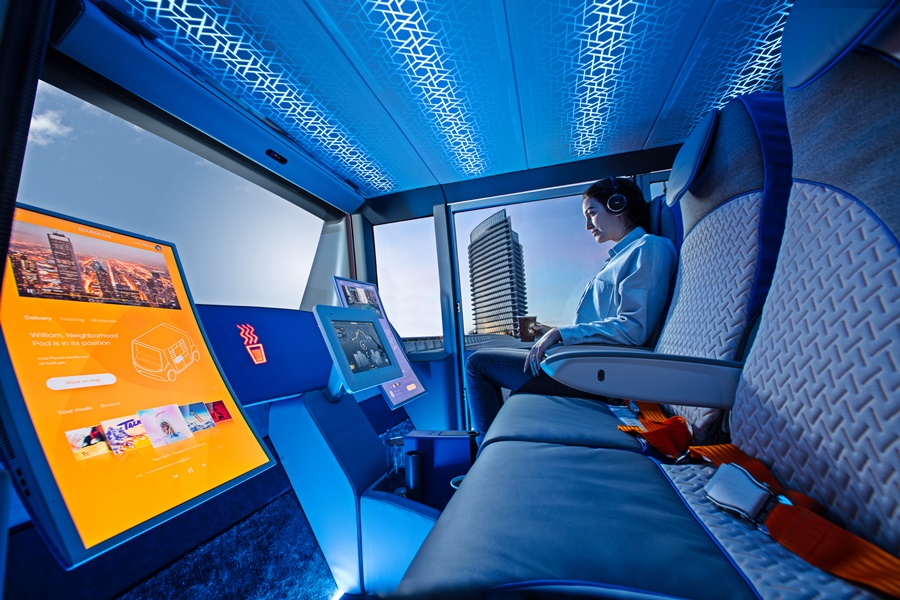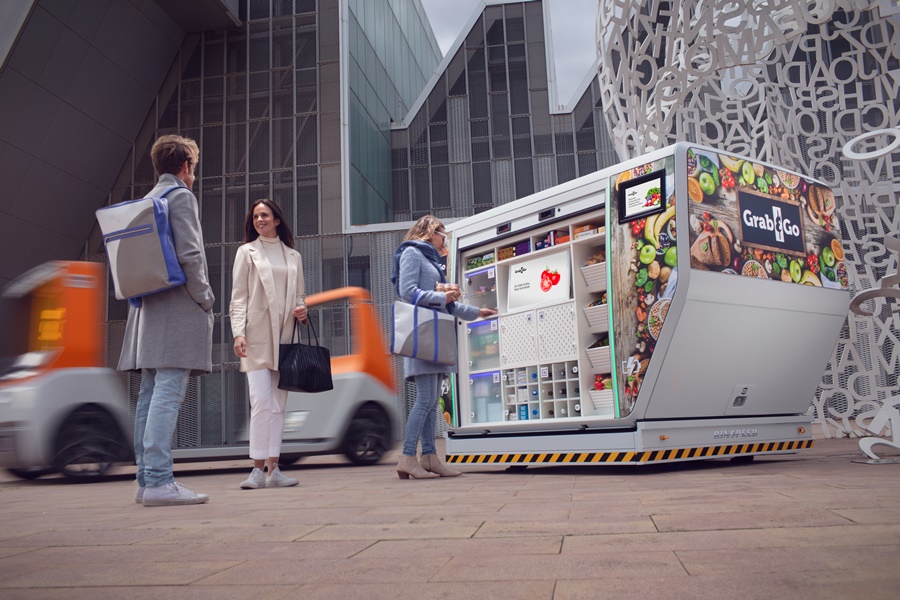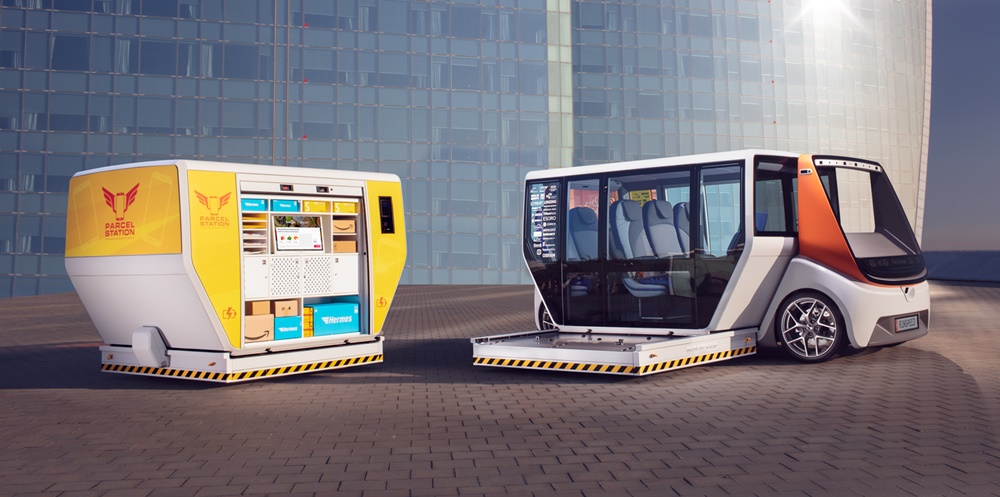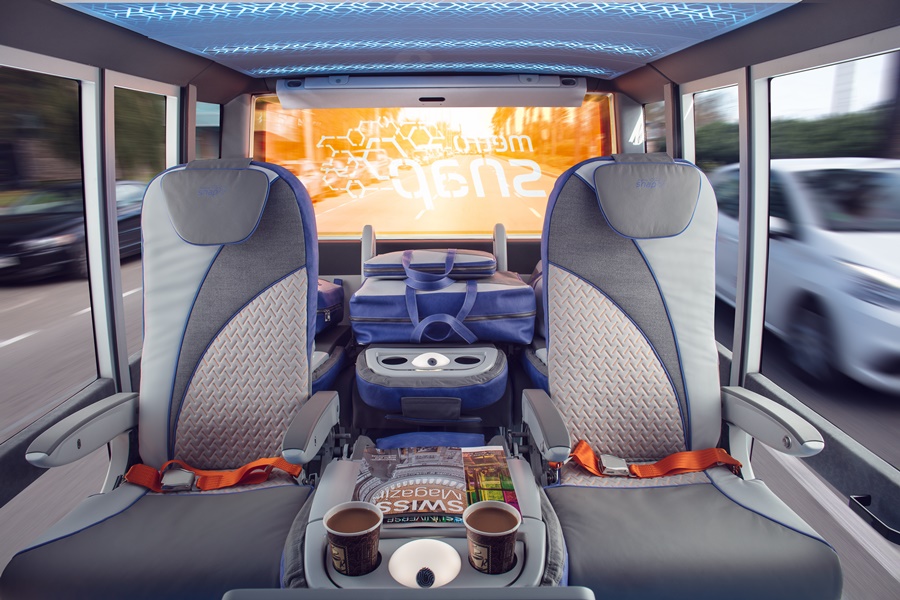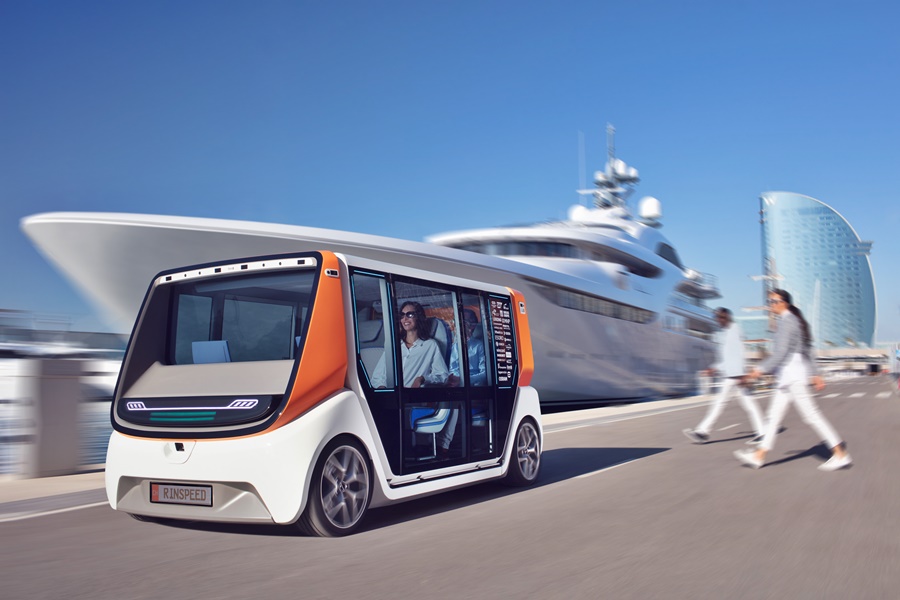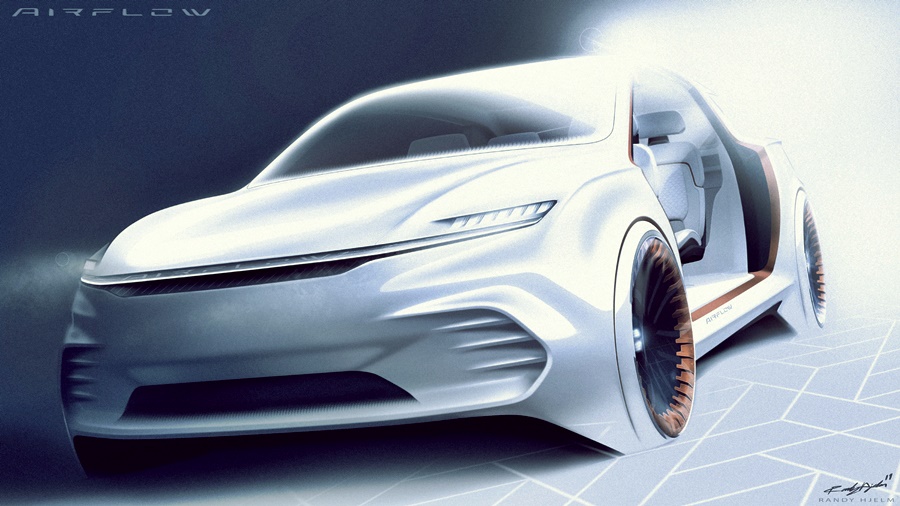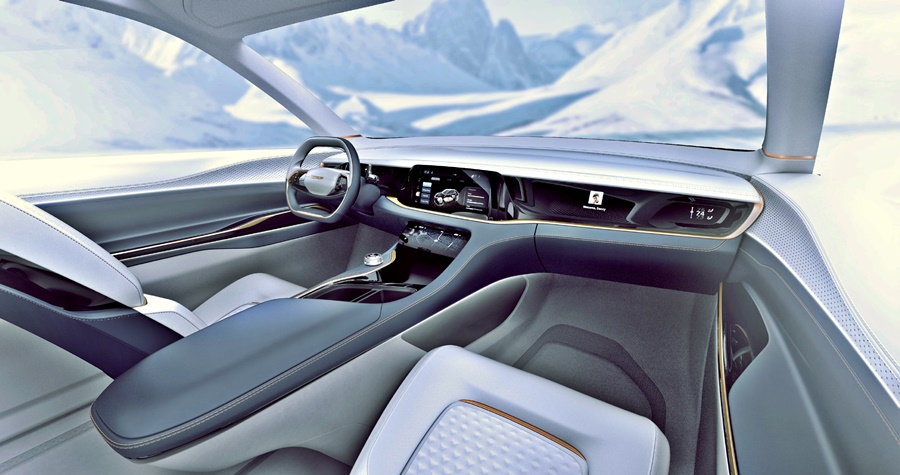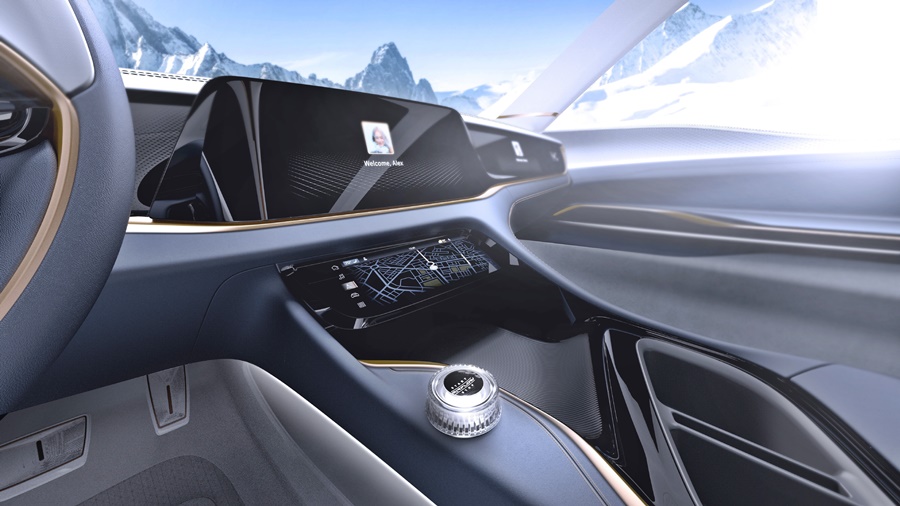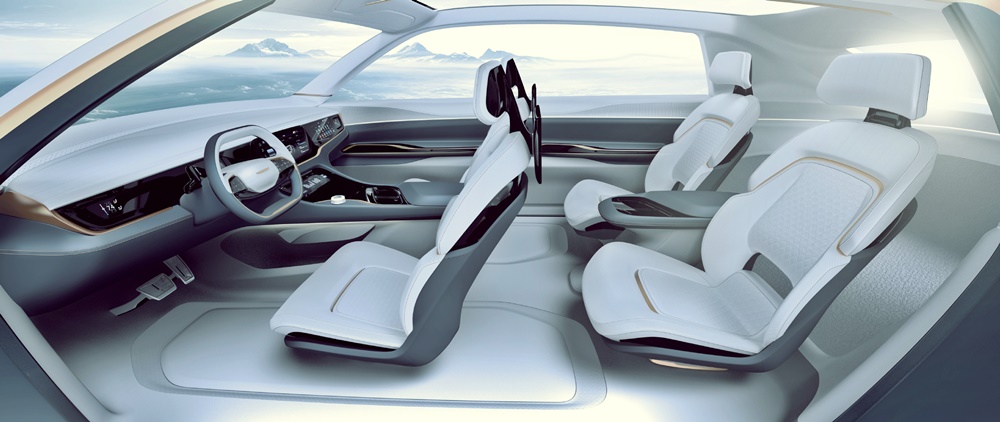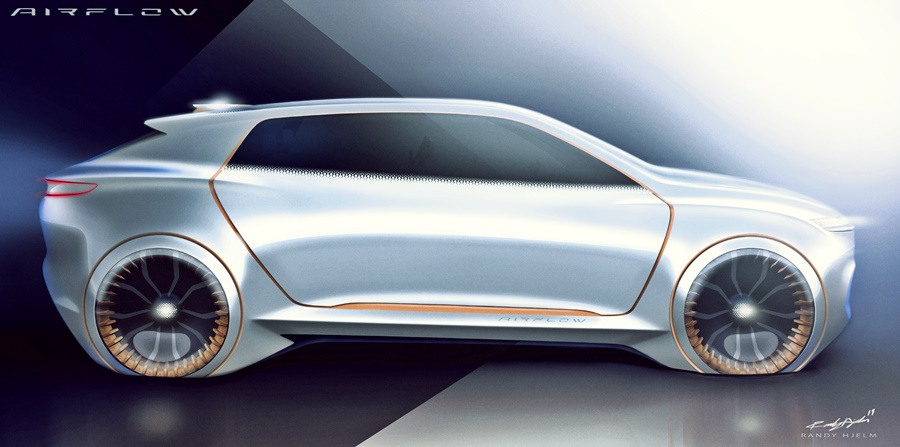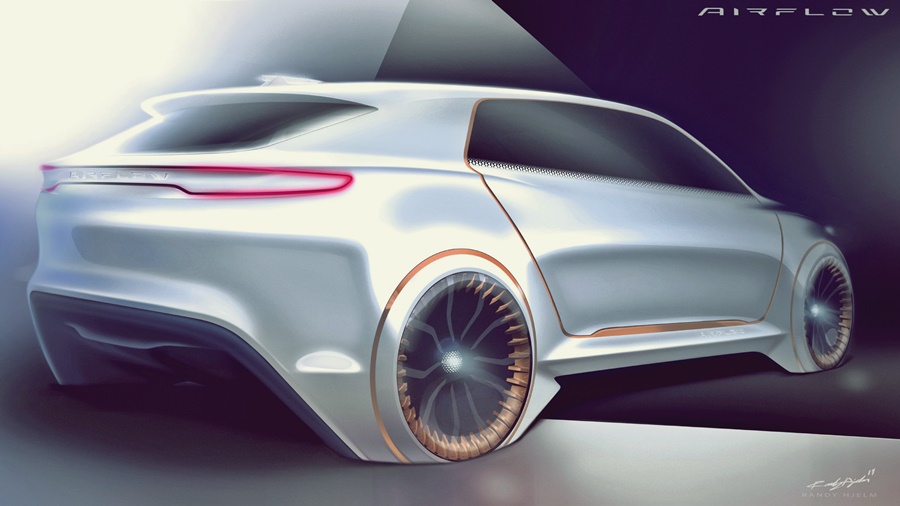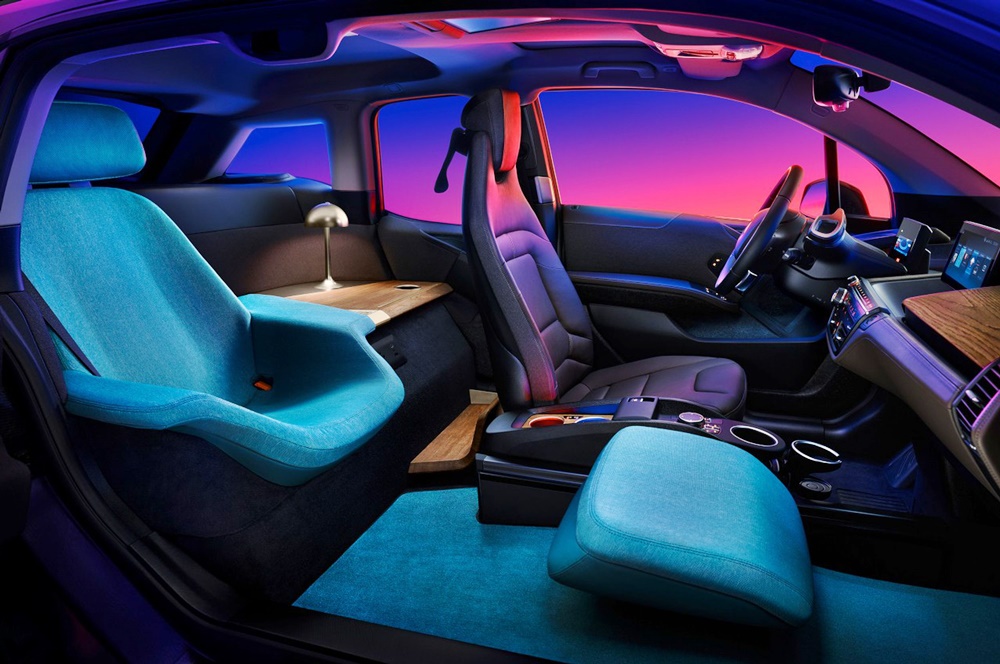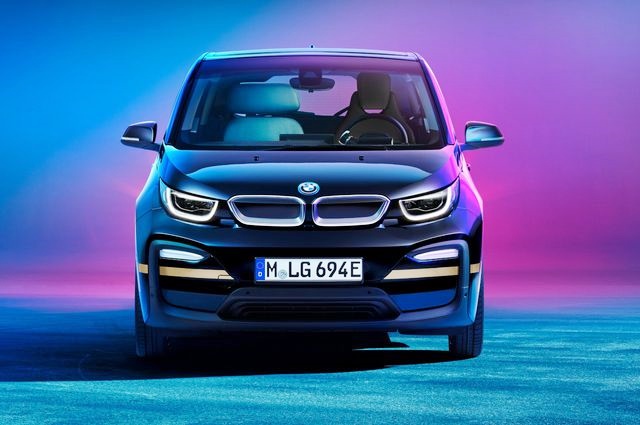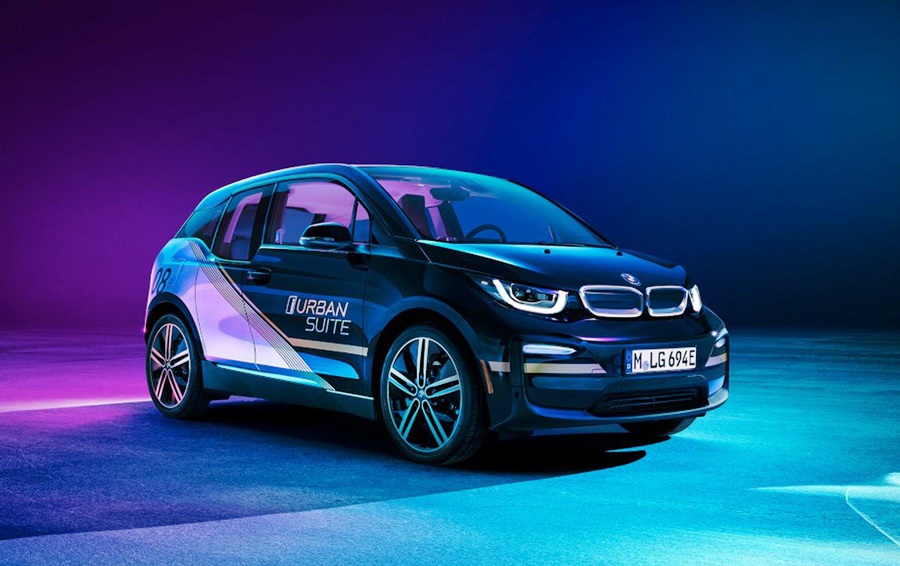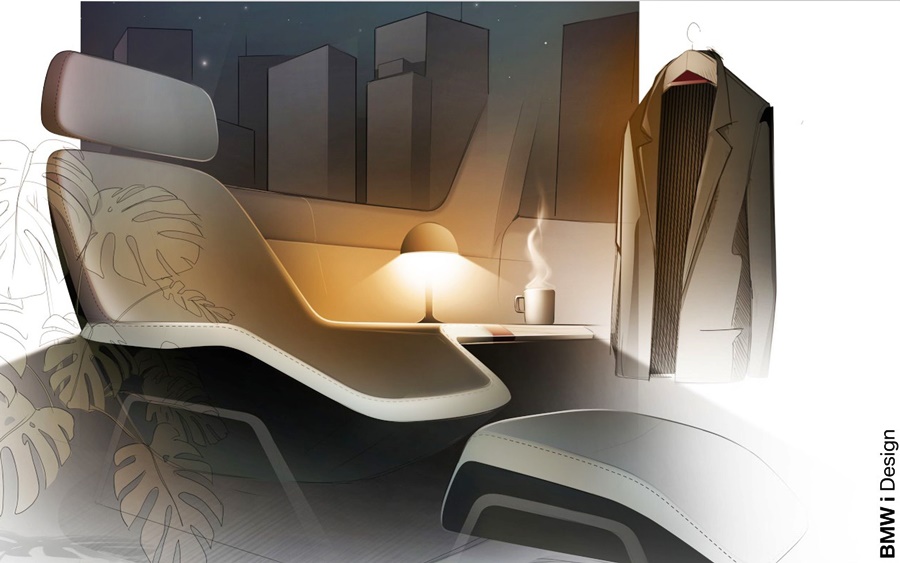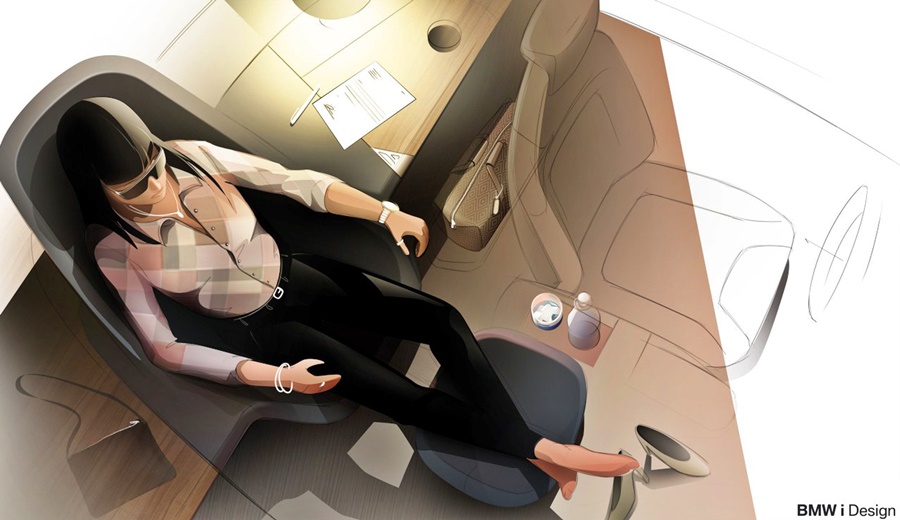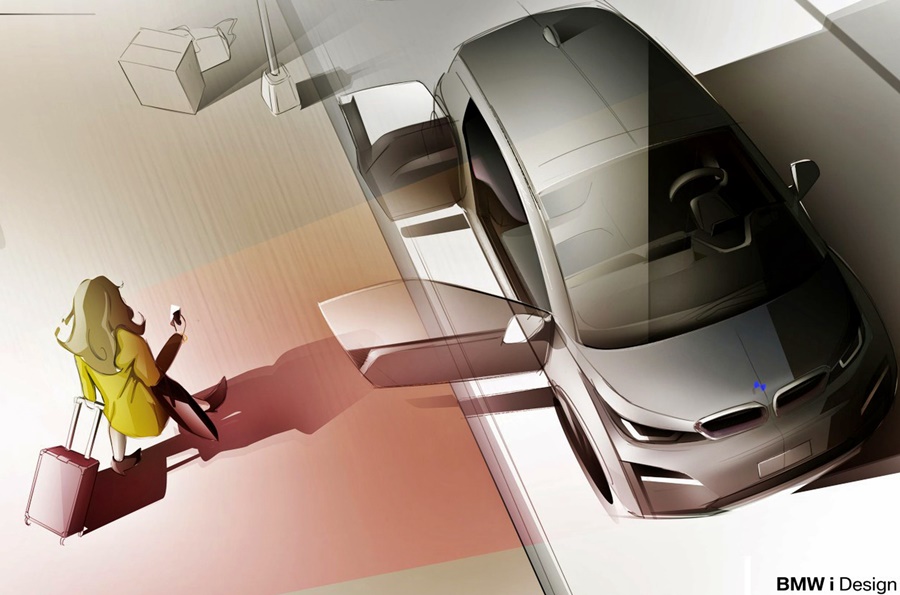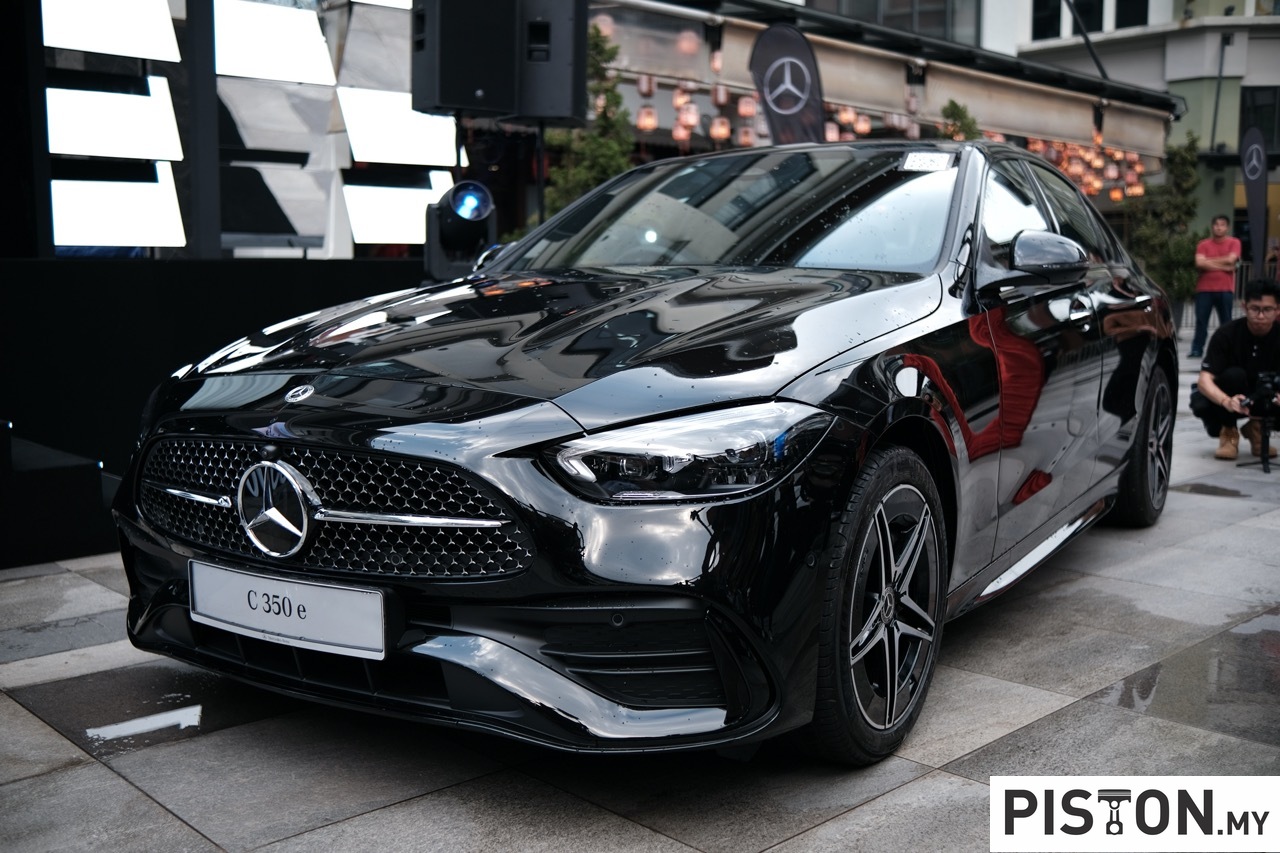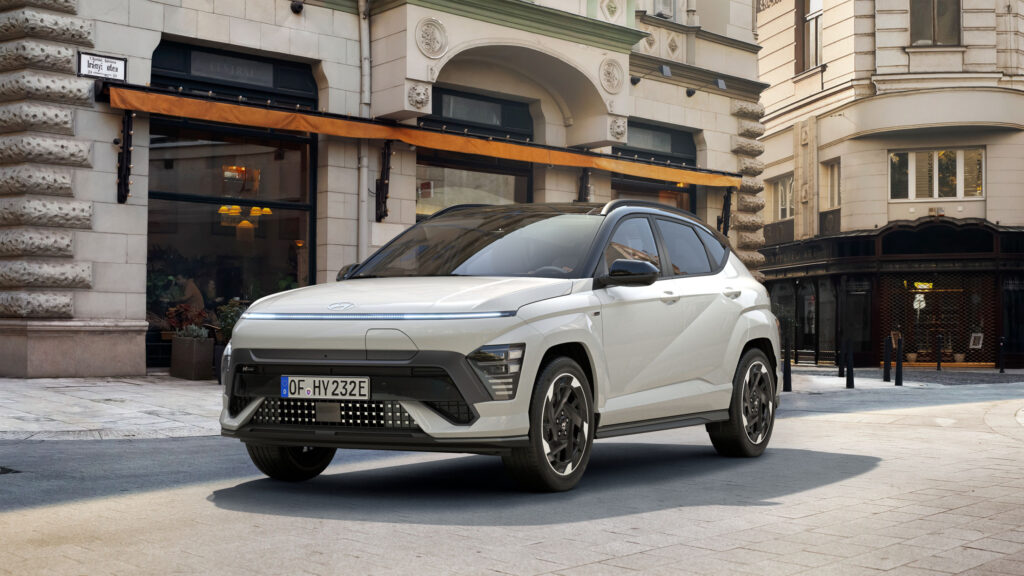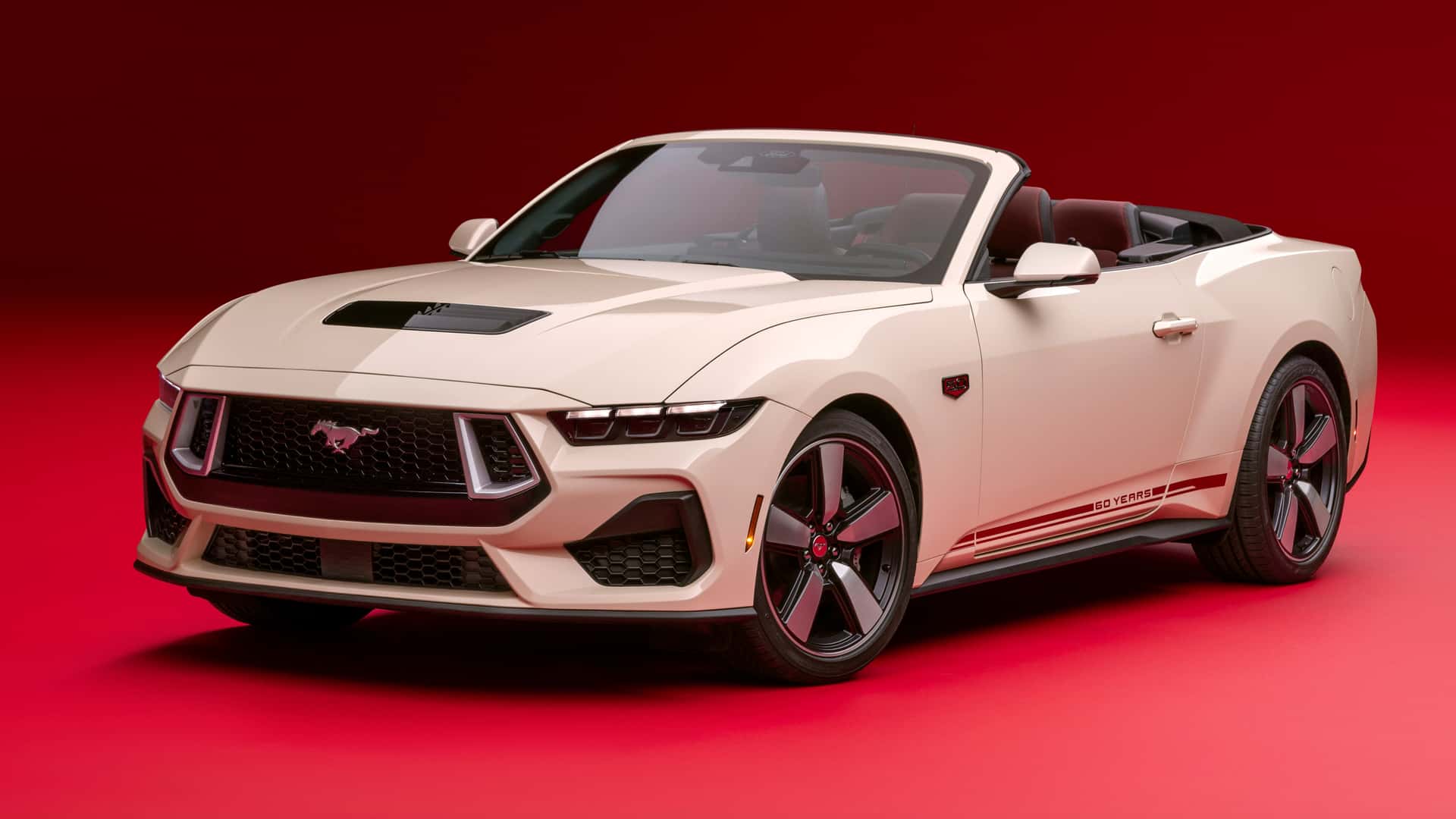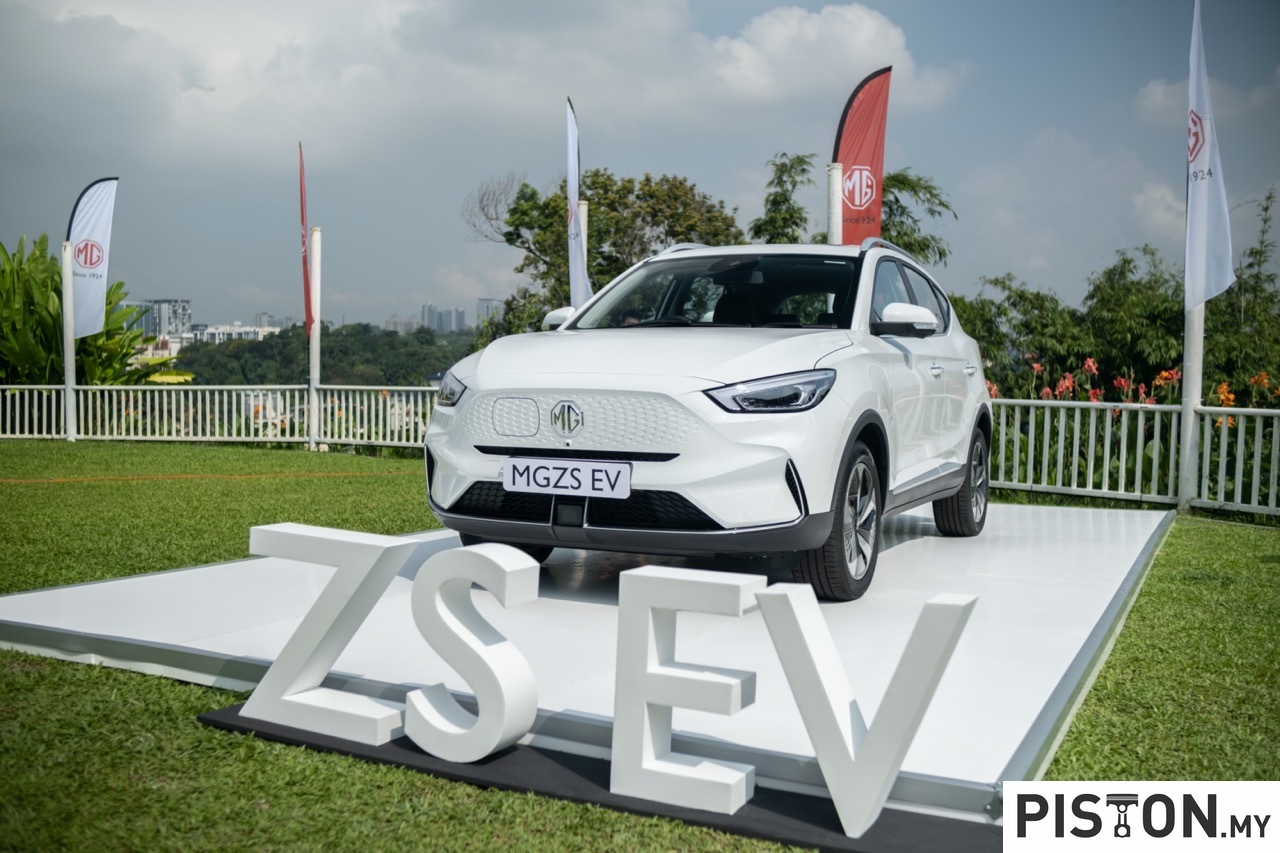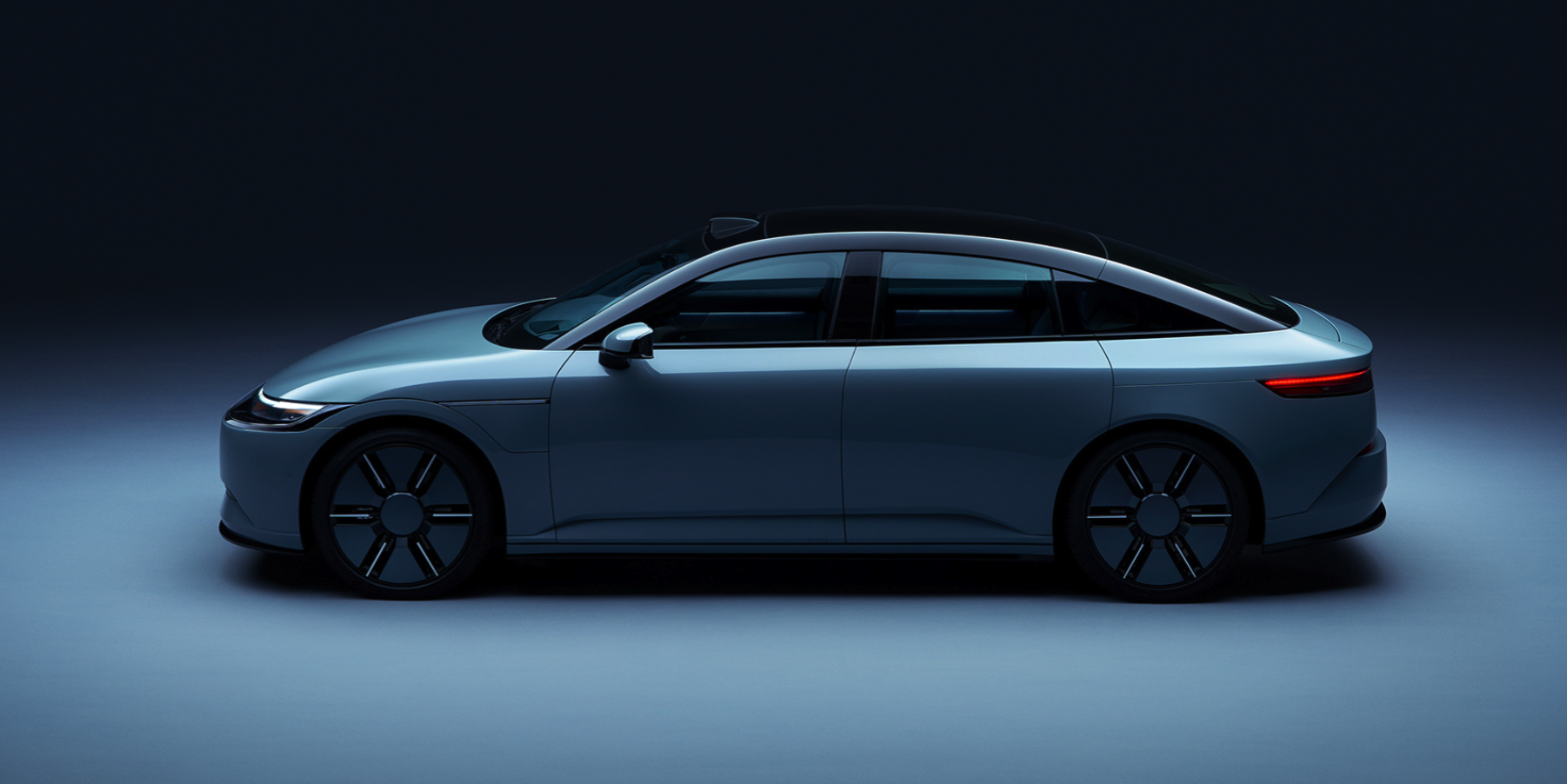Car designers look everywhere for inspiration and ideas in the quest to create something ground-breaking. In the case of the Mercedes-Benz VISION AVTR concept, it was the AVATAR movie, with several of the creatures providing the inspiration.
The concept car’s name stands not only for the close collaboration in its development with the AVATAR team but also for ADVANCED VEHICLE TRANSFORMATION. This showcar, now on display at CES 2020 in Las Vegas, is said to embody the vision of Mercedes-Benz designers, engineers and trend researchers for mobility in the distant future.
‘Inside-out’ design structure
The holistic concept of the VISION AVTR combines the design disciplines of interior, exterior and UX on an unprecedented scale. The distinctive ‘inside-out’ design structure combines inside and outside into an emotional whole with a stretched ‘One Bow’ design and organic design language. The spectacular opening and closing of the doors is inspired by the wings of a banshee or ikran, the flying mounts of the Na’vi from AVATAR.
Instead of a conventional steering wheel, the multifunctional control element in the centre console allows human and machine to merge. By placing the hand on the control unit, the interior comes to life and the vehicle recognizes the driver by his or her heartbeat and breathing (a great security feature).
By simply lifting the hand, a menu selection is projected onto the palm of the hand, through which the passenger can intuitively choose between different functionalities. For example, real-time 3D graphics can be used to explore the fictional world of Pandora from different perspectives. The curved display module creates the visual connection between passengers and the outside world.
Organic battery technology
The VISION AVTR uses a revolutionary battery technology based on graphene-based organic cell chemistry that is completely free of rare earths and metals, a first. The materials of the battery are compostable and therefore completely recyclable. In this way, electric mobility becomes independent of fossil resources. As a result, Mercedes-Benz underlines the high relevance of a future circular economy in the raw materials sector.
The 33 ‘bionic flaps’ on the back of the car are reminiscent of scales of reptiles. They can communicate with the driver and through the driver with their outside world through naturally flowing movements in subtle gestures. The front and rear axles can provide drive in the same or opposite direction, which allows the VISION AVTR to move sideways by approximately 30 degrees. The so-called ‘crab movement’ gives the concept car an animal-like appearance even in its movement.
This is not the first time that Mercedes-Benz has created a ‘bionic’ car. In 2005, it displayed a concept car that was inspired by the boxfish. The fish was a role model from nature, lending itself to an aerodynamically efficient, safe, comfortable and environmentally compatible automobile not just in detail features but in its overall form and structure.
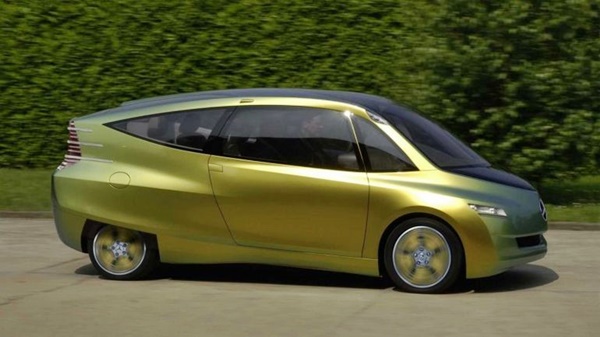
Sustainable materials
The seats of the VISION AVTR are refined by vegan DINAMICA leather. This is the first and only microfibre that guarantees environmental sustainability throughout the entire production cycle. The floor is decorated with an innovative wood called Karuun. The raw material for Karuun (rattan) grows very fast as a natural raw material and is harvested by hand in Indonesia. The material gives the interior warmth and radiates naturalness.
“The aim of the VISION AVTR is to show us a signpost for a livable future, even if it will probably never be built. This concept car makes speculative science visible and tangible. As researchers and scientists evolve new theories or develop existing ones, they depend on their imagination. They leave the ground of what can be proved today and enter an area of speculation – a scientifically substantiated ’what if?’. This is exactly the approach we have taken with the VISION AVTR,” said Alexander Mankowsky, who is described as a futurologist at Mercedes-Benz.
Vision Mercedes Simplex sculpture embodies heritage and future of luxury brand


